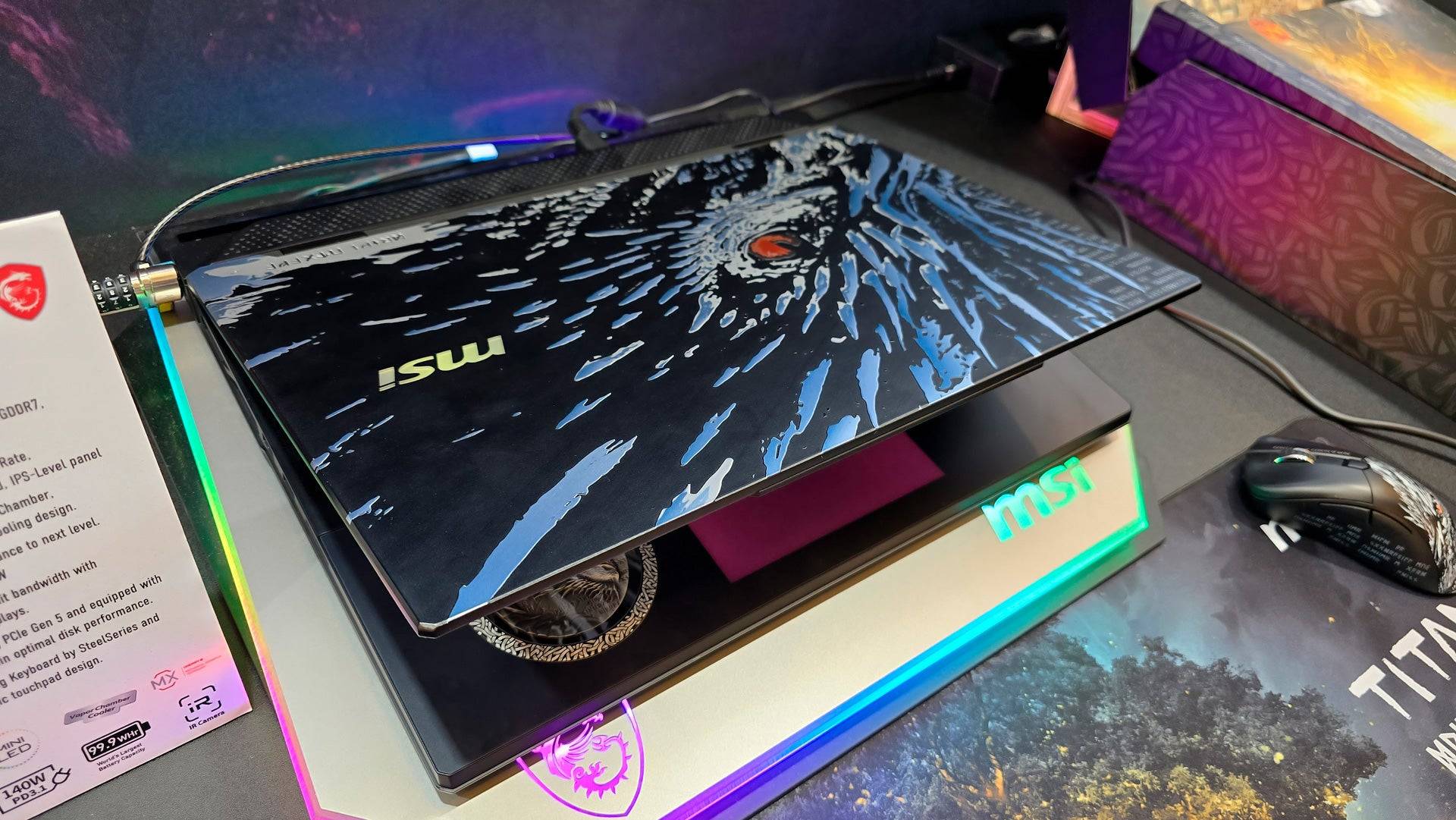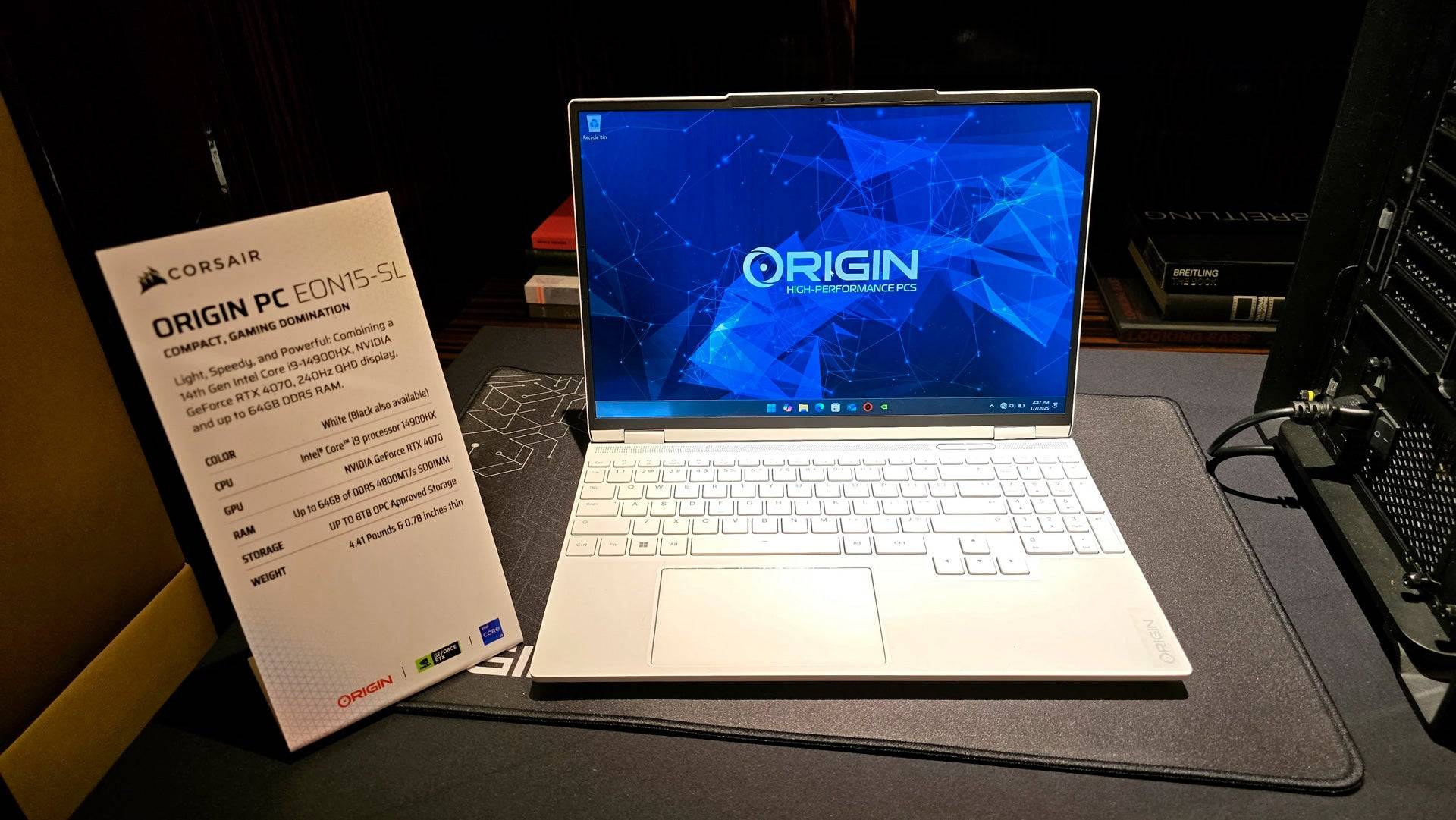CES 2024 showcased a plethora of gaming laptops, revealing key trends shaping the market. This year's offerings demonstrate a significant evolution beyond raw hardware capabilities.
Diverse Design Language
While gaming laptops have always boasted varied aesthetics, this year's selection felt particularly diverse. Manufacturers like Gigabyte and MSI are blurring the lines between productivity and gaming machines. High-end models are striving for a unique identity beyond mere specifications.
This translates to a broader range of styles. Sleek, professional designs like the Gigabyte Aero series cater to diverse user needs, alongside models like the MSI Titan 18 HX AI Dragonforged Edition, which proudly display their gaming pedigree.
 RGB lighting remains a staple, with innovative implementations such as wrap-around lighting, illuminated keyboards, and even trackpad lighting. Asus ROG Strix Scar series impressed with its AniME Dot Matrix LED display, showcasing text and animations. While not revolutionary, expect a blend of familiar form factors (from large and powerful to thin and light) and innovative designs.
RGB lighting remains a staple, with innovative implementations such as wrap-around lighting, illuminated keyboards, and even trackpad lighting. Asus ROG Strix Scar series impressed with its AniME Dot Matrix LED display, showcasing text and animations. While not revolutionary, expect a blend of familiar form factors (from large and powerful to thin and light) and innovative designs.
 AI Integration Takes Center Stage
AI Integration Takes Center Stage
AI assistance, a growing trend, is becoming more sophisticated. Several vendors showcased AI assistants capable of controlling PC settings without manual software interaction. MSI demonstrated an assistant automatically optimizing performance settings based on the selected game. However, the practical speed advantage over manual adjustments remains to be seen. Further evaluation is needed to assess the true utility and offline capabilities of these systems.
Mini-LED, Rollable Screens, and Other Innovations
Mini-LED technology is gaining traction, with Asus, MSI, and Gigabyte showcasing high-spec models. These laptops boast over 1,100 local dimming zones, resulting in improved contrast, brightness, and color accuracy. While OLED still holds an edge in contrast, Mini-LED offers advantages in brightness and eliminates burn-in concerns.
Novelties included the return of the ASUS ROG Flow X13 with eGPU support via USB4, and the Lenovo ThinkBook Plus Gen 6 Rollable, the first commercially available laptop with a rollable OLED display. While the rollable screen's practicality and durability are yet to be fully proven, it represents a significant step forward in display technology.

The Rise of Gaming Ultrabooks
Ultrabook-style gaming laptops are increasingly prevalent. Major manufacturers are embracing this thin, light, and premium design. Gigabyte's revamped Aero series exemplifies this trend. These machines offer a balance of portability and gaming capabilities, particularly for users who don't demand maximum settings in the latest games. The integration of powerful integrated graphics and upscaling technologies like AMD FidelityFX Super Resolution and Intel XeSS makes even demanding games playable. Cloud gaming services like Xbox Cloud Gaming and Nvidia GeForce Now further enhance the gaming experience on these devices.
 The capabilities of modern integrated graphics are blurring the lines, questioning the necessity of lower-end dedicated GPUs like the RTX 4050M.
The capabilities of modern integrated graphics are blurring the lines, questioning the necessity of lower-end dedicated GPUs like the RTX 4050M.
The gaming laptop landscape is dynamic. Stay tuned for further in-depth coverage of these exciting developments. Share your thoughts in the comments below!
 Home
Home  Navigation
Navigation






 Latest Articles
Latest Articles








 Latest Games
Latest Games












